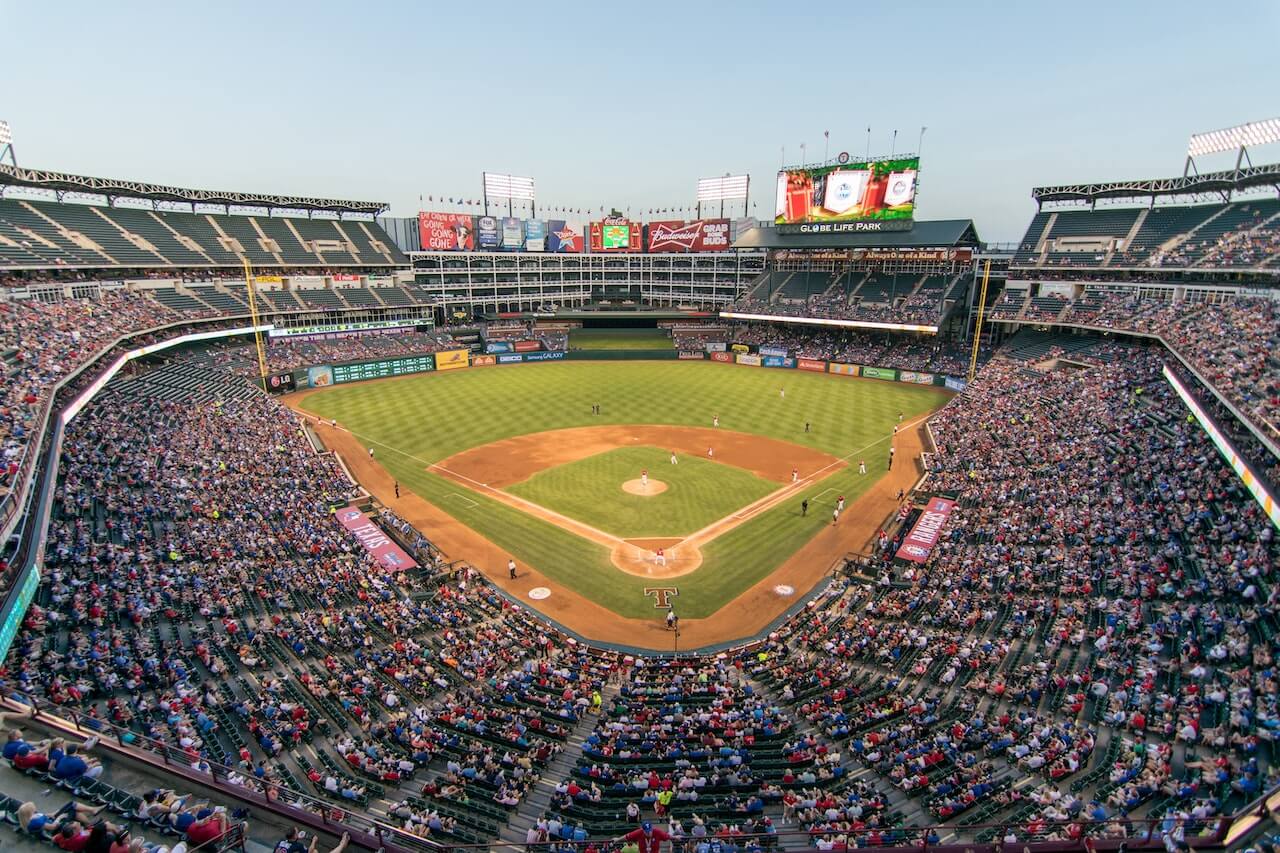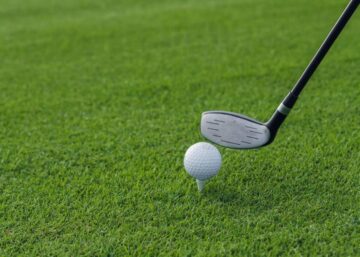A baseball field is more than just a place to play America’s favorite pastime. It’s a space that holds a special place in the hearts of players and fans alike. From the perfectly manicured grass to the smell of hot dogs and popcorn wafting through the air, a baseball field is a sensory experience that can’t be replicated anywhere else.
Every baseball field has its own unique characteristics that make it special. Some are known for their iconic features, like the ivy-covered walls of Wrigley Field or the Green Monster at Fenway Park. Others are beloved for their history, like Yankee Stadium or Dodger Stadium. But no matter where a baseball field is located or what its claim to fame may be, it serves as a gathering place for people of all ages and backgrounds to come together and enjoy the game.
Dimensions and Layout
A baseball field is a large, grassy area with specific dimensions and layout. The field is divided into two main parts: the infield and the outfield. The infield is where most of the action takes place, and it is typically made of dirt or clay. The outfield is the grassy area beyond the infield.
The dimensions of a baseball field can vary depending on the level of play. In Major League Baseball, the distance from home plate to the outfield wall is typically between 325 and 400 feet. The distance from home plate to second base is 127 feet, and the distance between each base is 90 feet. The pitcher’s mound is located in the center of the infield and is 60 feet, 6 inches away from home plate.
The layout of a baseball field is also important. The bases are arranged in a diamond shape, with home plate at the bottom and first, second, and third bases at the corners. The pitcher’s mound is located in the center of the diamond, and the outfield is beyond the infield. The foul lines extend from home plate to the outfield wall, and any ball hit outside of these lines is considered a foul ball.
Overall, the dimensions and layout of a baseball field are carefully designed to ensure a fair and exciting game for players and fans alike.
Field Components
A baseball field is typically composed of several components that work together to create a cohesive playing surface. These components include:
- Grass: The playing field is covered in a lush, green grass that is mowed short to prevent interference with the ball’s movement. The grass is typically a hybrid of Bermuda and rye grass.
- Infield: The infield is the area within the diamond and includes the pitcher’s mound, home plate, first base, second base, and third base. The infield is typically made up of clay and is raked regularly to keep it smooth.
- Outfield: The outfield is the area beyond the infield and is typically covered in grass. It is usually divided into three sections: left field, center field, and right field. Outfield fences are used to mark the boundary and prevent balls from going out of play.
- Foul Lines: The foul lines run from home plate to the outfield fence and mark the boundaries of fair and foul territory. If a ball lands in foul territory, it is considered a foul ball and is not in play.
- Dugouts: The dugouts are located on either side of the field and are used by the teams as a place to sit and store equipment.
- Bullpens: The bullpens are located beyond the outfield fence and are used by the pitchers to warm up before entering the game.
Each of these components plays a vital role in creating a safe and fair playing surface for the game of baseball. Without them, the game would not be possible.
Maintenance and Upkeep
Baseball fields require regular maintenance and upkeep to ensure that they are safe and playable for athletes. The following are some key aspects of maintaining a baseball field:
- Mowing: Regular mowing is essential to keep the grass at the optimal height for the sport. The infield should be mowed at a height of 1/8 inch, while the outfield should be mowed at a height of 3/4 inch. Mowing should be done at least once a week during the growing season.
- Irrigation: Adequate water is necessary to keep the grass healthy and prevent it from drying out. The field should be watered deeply once or twice a week, depending on weather conditions. Overwatering should be avoided, as it can lead to fungal growth and other issues.
- Fertilization: Fertilizer should be applied to the field at least twice a year, in the spring and fall. This will help to keep the grass healthy and green.
- Infield Maintenance: The infield should be raked and smoothed before each game to ensure a level playing surface. The pitcher’s mound and home plate should be regularly rebuilt to maintain their shape and height.
- Drainage: Proper drainage is essential to prevent water from pooling on the field and causing damage. The field should be sloped to allow water to drain away, and a drainage system may be necessary in areas with heavy rainfall.
By following these maintenance practices, baseball fields can remain in top condition and provide a safe and enjoyable playing experience for athletes.
Safety Measures
When it comes to baseball fields, safety is always a top priority. From the equipment used to the playing surface itself, there are several measures in place to ensure the safety of players and spectators alike.
One important safety measure is the use of protective gear. Players are required to wear helmets while batting and catching, as well as shin guards and chest protectors while catching. Umpires also wear protective gear to prevent injury from foul balls or wild pitches.
Another important safety consideration is the playing surface. Baseball fields are typically made of grass or artificial turf, and must be kept in good condition to prevent injuries. The field should be free of holes or other hazards, and the infield dirt should be raked and leveled regularly to prevent tripping.
Finally, safety nets are an essential feature of any baseball field. These nets are typically placed behind home plate and along the foul lines to protect spectators from foul balls. In addition, some fields also have nets or fences to prevent balls from leaving the playing area and potentially causing injury or damage.
Conclusion
Baseball fields are more than just a patch of grass and dirt. They are a place where players can come together to compete, learn, and have fun. The design and layout of a baseball field can greatly impact the game, and it is important to consider all aspects when building or renovating a field. From the size and shape of the field to the type of grass and dirt used, every detail can affect the game. Ensuring proper drainage and irrigation is also crucial for maintaining a safe and playable field. Additionally, providing adequate seating and amenities for spectators can greatly enhance the overall experience. Overall, a well-designed baseball field can provide a great environment for players and spectators alike. By considering all aspects and details, a field can be created that is safe, enjoyable, and conducive to the game of baseball.







